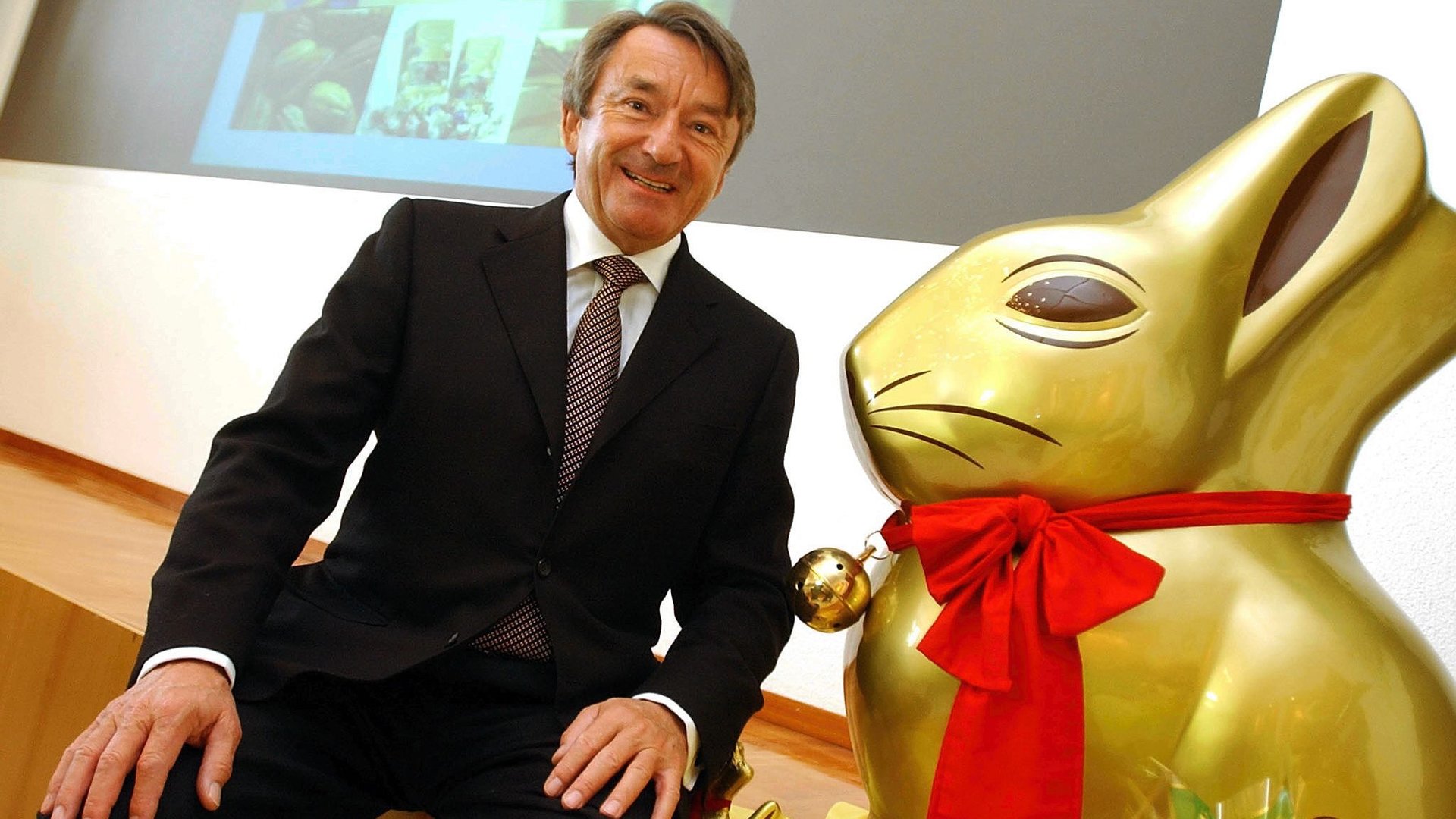What makes Lindt’s chocolate bunnies different from all other chocolate bunnies
Mammalian Easter candy may look cute, but it’s also the source of cutthroat legal battles among leading confectioners.


Mammalian Easter candy may look cute, but it’s also the source of cutthroat legal battles among leading confectioners.
Take Lindt & Sprüngli, the premier Swiss chocolatier, which has aggressively filed trademark cases against other companies’ gold foil-wrapped bunnies. As Germany’s The Local reports, many “smaller chocolate-making firms succumbed to the pressure exerted by the Swiss giant.”
But Lindt’s luck with bunny-bullying finally ran out. Yesterday, the German supreme court foiled Lindt’s trademark argument, refusing to grant an appeal to an earlier ruling against the Swiss sugar giant. That ended a 12-year battle in German courts between Lindt and Confiserie Riegelein, a Germany chocolatier.
“Lindt did not invent the golden bunny,” said Peter Riegelein, managing director of Riegelein. “Seated bunnies gazing to the side wrapped in golden foil have a long history.”
The ruling didn’t sit well with Lindt. ”We will continue to defend our Lindt gold bunny in the future whenever necessary,” a company spokeswoman told The Guardian.
Riegelein’s bunny is of a duskier gold, and its ribbon is brown. It also faces to the right—the opposite direction from Lindt’s seated bunny.
And those tiny differences count. Along with finding the bows to be sufficiently different, the court also declared that the bunnies’ facial expressions made them distinct. (Based on this image, Regelein’s bunnies look slightly evil, while Lindt’s appear morose.)
Lindt lost a similar battle in 2008, when the Court of Justice of the European Union found that, among other things, ”small bells and bows are common elements in the case of chocolate animals,” as Intellectual Property Magazine explains (pdf).
Lindt isn’t always the plaintiff, though. Late last year, it lost a different German trademark case when a court found that Lindt’s chocolate bears too closely resembled Haribo’s gummy bears.